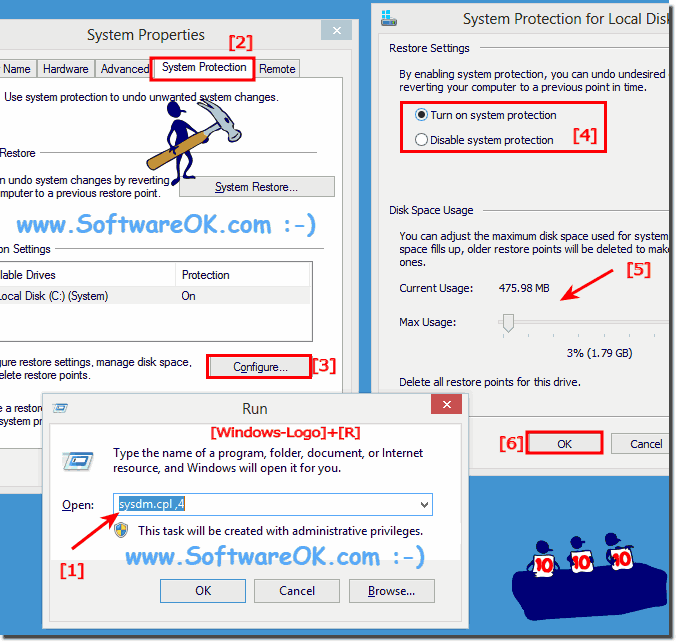

Windows controls the creation of automatic restore points based on a frequency setting to help limit the number of restore points that get saved. Step One: Change the Restore Point Creation Frequency First, you’ll use the Windows Registry to change the frequency at which Windows can trigger automatic restore points, and then you’ll use Task Scheduler to set a startup task that creates a restore point. System Restore does create weekly restore points for you-and you can create your own manual restore points-but for a little more peace of mind, you can also have System Restore create a restore point every time Windows starts. These changes include apps and drivers that have been installed or uninstalled, changes that apps have made to the Registry and settings files, and Windows updates that have been applied. The only trouble is that when restoring to a previous restore point, you reverse many of the changes made to your PC since that restore point was created. System Restore is an important tool that can help you recover from many different types of problems. RELATED: How to Use System Restore in Windows 7, 8, and 10 If you want even more protection, you can force Windows to create a restore point automatically every time you start your PC. By default, System Restore automatically creates a restore point once per week and also before major events like an app or driver installation.


 0 kommentar(er)
0 kommentar(er)
